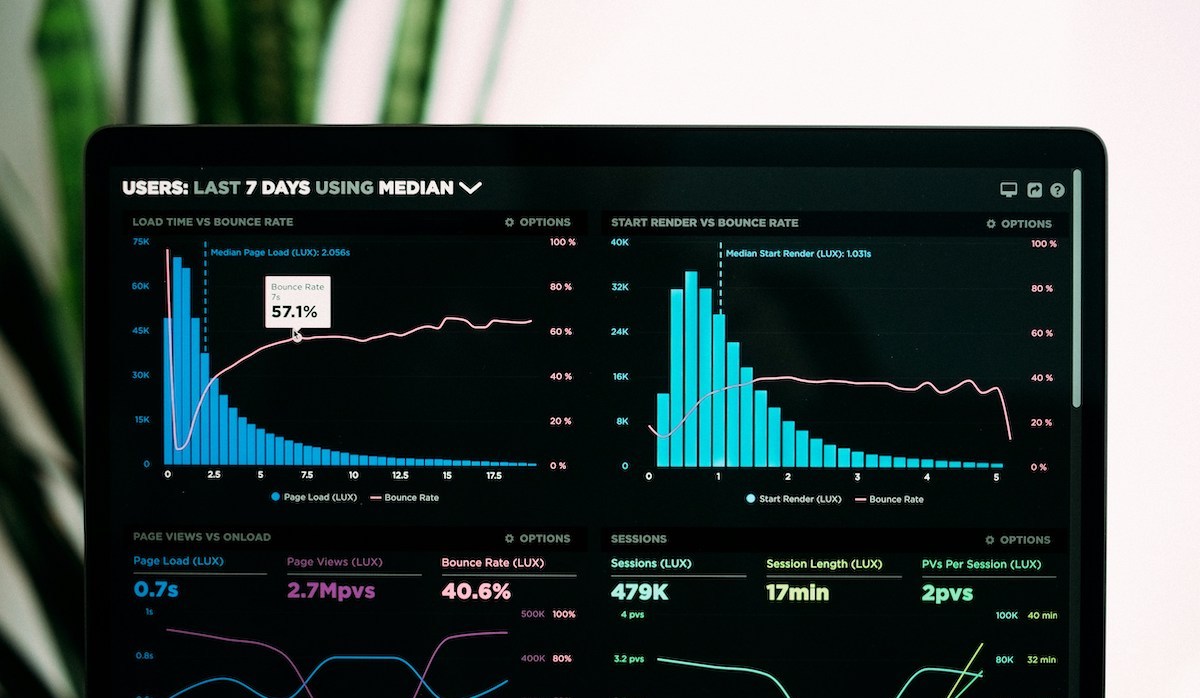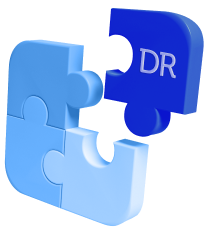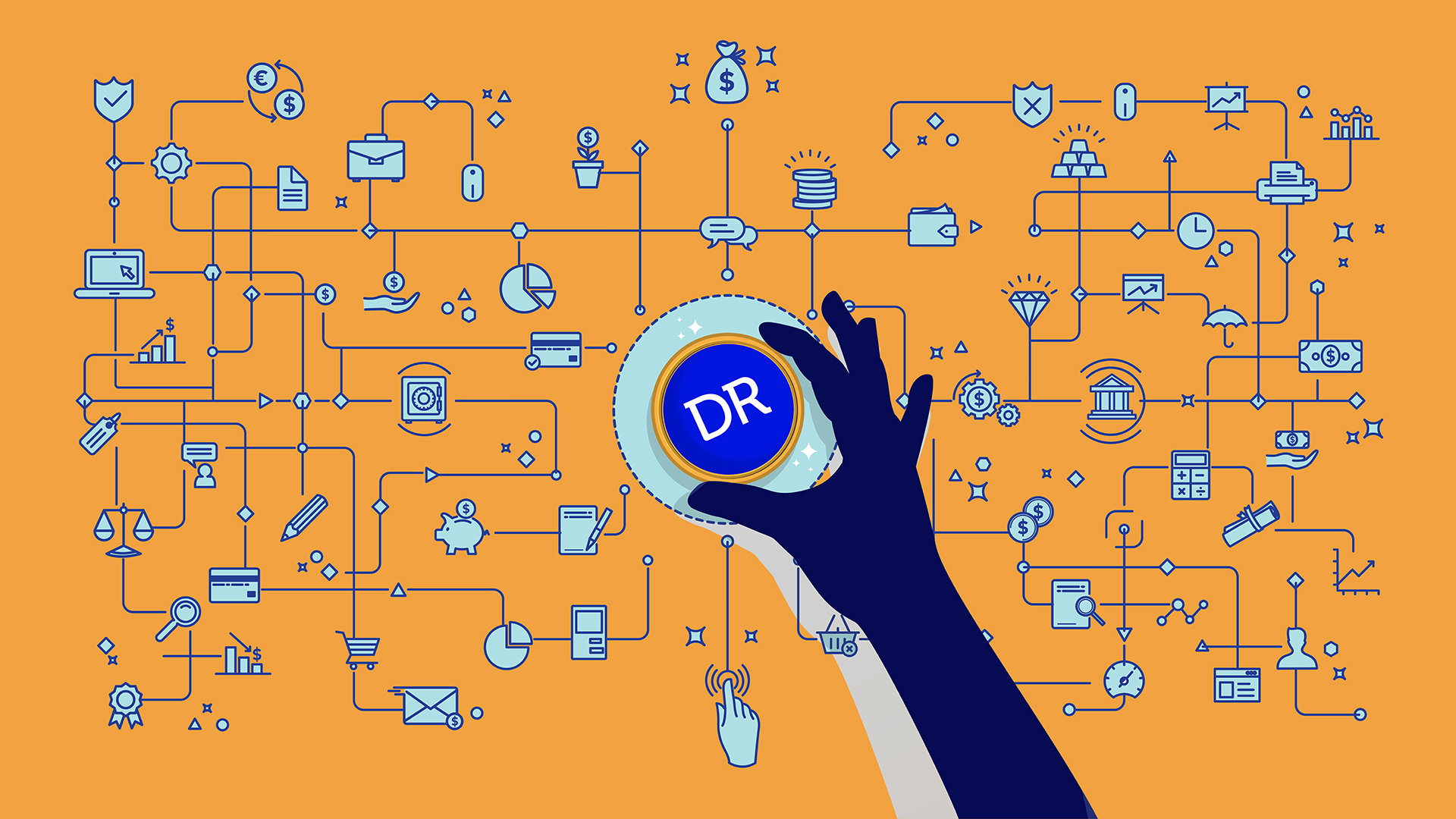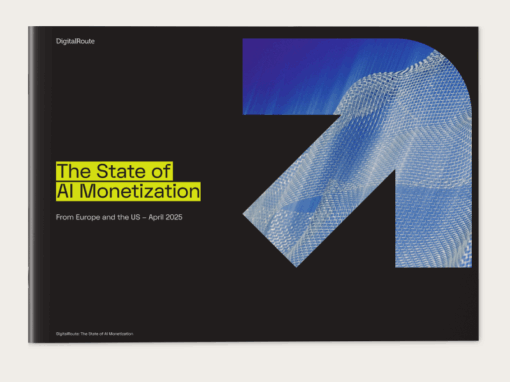What Is Usage Data?
The term “usage data” refers to any data about how a product or service is used. In the past, the term might only have referred to a visitor’s actions on a website, or tell you how many minutes someone has used their phone. Today, however, usage data is an essential part of a wide variety of services, across industries.
Think of usage data like an event log that tracks predetermined units of measurement. Anything from:
- Computing resources (like data and connectivity)
- Physical telemetry (like distance travelled)
- Product consumption (like materials, ingredients and chemicals)
- Service utilization (like licenses, software features and support).
In the telco industry, usage data is called a call data record (CDR), and in other industries it might be called a usage data record (UDR). Whatever the acronym used, usage data is a systems-level record of how and when customers interact with your products and services.
The end result, however, is the same. As digital services have skyrocketed, companies have increasingly had more data about how customers use services available to them. Companies are using usage data as the basis of new services, like subscriptions or pay-as-you-go business models.

What Are the Components of Usage Data?
Quantitative Metrics
Usage data provides numerical measurements, such as the quantity of usage or volume, offering a quantitative measure of engagement.
Frequency of Use
Usage data captures how often individuals or entities engage with a product, service, or resource over a specific period, revealing user engagement patterns.
Duration of Interaction
This metric indicates the amount of time users spend engaging with a product or service, providing insights into user behavior and preferences.
Methods of Utilization
Usage data includes qualitative information about the methods employed during utilization, such as specific features or functionalities accessed, giving a detailed understanding of user interactions.
User Pathways
Understanding user pathways within a system or application is crucial, as it involves tracking the sequence of actions performed, enabling organizations to optimize user interfaces and enhance experiences.
Device and Platform Information
Usage data often includes details about the devices or platforms used for interactions, allowing businesses to ensure compatibility, tailor experiences, and identify platform-related trends.
Geographical Context
In certain cases, usage data incorporates geographical information, providing insights into where interactions occur. This information can be useful for organizations targeting specific regions and tailoring their offerings accordingly.
User Demographics
Usage data may include demographic information such as age, gender, location, or other relevant factors, contributing to a more personalized understanding of user behavior.
Security and Compliance Logs
Usage data can include logs of actions taken for security and compliance purposes, allowing organizations to track user activities and maintain security standards and regulatory compliance.
How Can You Use Usage Data to Launch New Services?
To monetize raw usage data you need to apply financial meaning and context to it, usually through a usage-based pricing strategy.
An effective strategy accounts for a lot of moving pieces. First you need to hone in on what your customers truly value about your offering – what capabilities are they willing to pay for every time they use them? What are the outcomes of those capabilities?
Hubspot, for example, originally offered flat fixed packages as opposed to usage-based pricing. They then introduced contact-based pricing, where customers paid more depending on the leads the platform generated. Like many companies who make the switch, you need to interrogate how your customers interact with different elements of your offering. Who uses it? Why? At what cadence?
The answers to these questions are critical. They don’t just help to fine-tune your new pricing model. They also begin to expose how your legacy operations need to adapt to serve a usage-based model – to support things like accurate billing, forecasting, and partner settlements.
This operational change is critical. Monetizing usage data is a continuous process. You need to record and process usage data in real time, potentially millions or billions of times a day. Ensuring you can do that accurately is essential to providing transparent value to customers and understanding your own revenue implications.
How Are Companies Monetizing Usage Data Today?
B2B and B2C organizations alike are uplevelling how they capture and process usage data to create new revenue sources and prevent revenue leakage.
Here are a couple of examples that explore the broader ways in which you can monetize usage data:
National Railway Operator Leverages Usage Data to Offer Mobility as a Service
A national railway operator in Europe wanted to make things easy for its customers, who often required different forms of transportation – even if that meant incorporating different operators into a single invoice.
So, where’s the problem? Without the right expertise, absorbing all this crucial but disparate information would have been near-impossible. Not only did they need to retrieve millions of relevant usage data points from multiple systems, they needed to consolidate them into one coherent format in real time, with zero data loss – and sync it to the organization’s billing system.
Our solution, through indirect monetization of usage data – where the company can create and settle more accurate and chargeable items across its own, and its partners’ infrastructure, while also improving the customer experience.
In-Flight Entertainment Company Automates Its Billing Processes
For one in-flight entertainment company, usage data is critical to how they bill customers and share profits with partners. The company needs to keep track of how much Wi-Fi data and which services passengers use.
Wi-Fi and connectivity is a classic example of usage data: after all, most of us are familiar with phone plans with data limits that need to be measured. In this case, however, the problem lies in things being more complicated. The in-flight entertainment company dealt with hundreds of airlines – and thousands of passengers using their services while up in the air. Except without the right technology in place, they had to capture and process everything manually, in Excel sheets. This led to errors, lost revenue and delayed billing. Only by switching to a solution that automated the collection and processing of usage data could they put, a stop to revenue leakage.
How Is Usage Data Processed and Turned into Revenue?
Having raw usage data is all well and good. But the end goal – turning it into revenue – is wildly complex. If you want to use your usage data as the backbone of your revenue model, here are some steps you’ll need to take (and navigate that complexity).
Step 1: Your solution takes data from disparate systems and makes it consistent.
Step 2: That data is aggregated, enriched with data from other systems (like your CRM) and then bound to the customer profile.
Step 3: The solution needs to automatically detect if there are any errors in the data and keep a record of the entire process.
Step 4: Only once the usage data is enriched and matched with other data sources (think CRM or CPQ systems), and bound to a user, identity or asset, can your business logic can be applied.
Step 5: Finally, your billing, auditing, marketing and BI systems register it as a revenue-generating event.
Where to Go Next?
As we’ve seen, usage data is more than just an operational byproduct: it’s the foundation for a new generation of business models. Knowing how it works – and how to turn it into revenue – is critical to keep up with the growing consumer appetite for subscription-based relationships.
If you’re interested in learning more about how DigitalRoute’s offerings can support new revenue streams and services, you should check out our ultimate guide to monetizing usage-based services.
Download the guide or visit our solutions page to learn more. Ready to speak to an expert? Let us know by filling out the Contact Us form.








